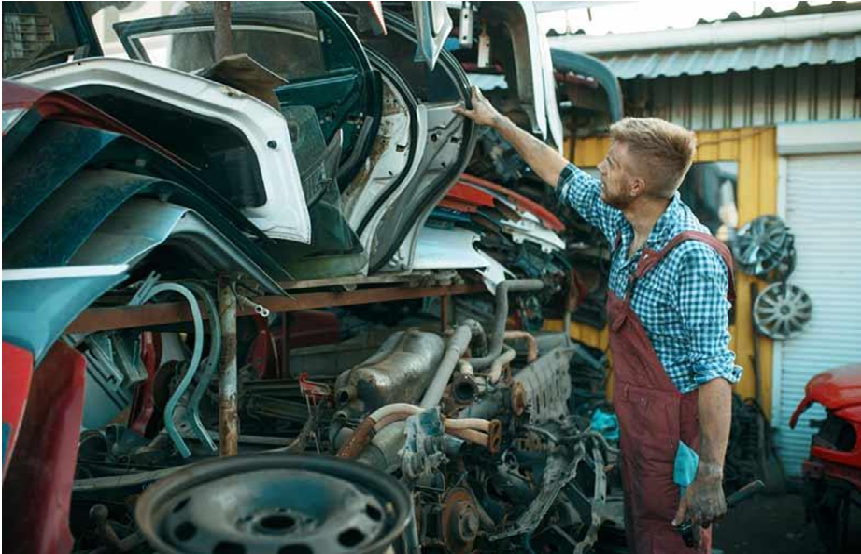Within the fast-paced realm of automobile manufacturing, one often disregarded facet is the fate of vehicles that have reached the end of their lifecycle. However, amidst this backdrop emerges a group of skilled artisans known as car dismantlers or auto recyclers. These unsung heroes play an essential role in rejuvenating automobiles while adhering to sustainable practices within the industry. In this feature article, we will embark on an intriguing journey into the remarkable world of car dismantlers, unveiling their intricate operations, eco-friendly practices, and the invaluable benefits they bring to both the automotive sector and the environment.
The Rise of Car Dismantlers
The term “car dismantlers” or “car wreckers” refers to the professionals responsible for salvaging and repurposing end-of-life vehicles. The roots of this industry can be traced back through the annals of time. As the automobile industry burgeoned, a pressing need arose for a solution to repurpose worn-out cars and preserve the precious resources contained within. From humble beginnings, car dismantlers have flourished and solidified their position as integral members of the modern automotive landscape.
Behind the Scenes of Car Dismantling
Delving into the world of car dismantling reveals a meticulously orchestrated operation. The first stage involves acquiring end-of-life vehicles that have reached the culmination of their useful life. These cars undergo initial assessments to determine which parts are still viable. Skilled dismantlers, armed with extensive knowledge, embark on the disassembly process, removing components in a safe and controlled manner. Salvageable parts are then carefully sorted, stored, and cataloged, ready to be repurposed for future use. Simultaneously, non-reusable materials are disposed of responsibly, ensuring minimal impact on the environment.
Eco-Friendly Practices in Car Dismantling
Car dismantlers are bastions of eco-friendly practices, championing the principles of reduce, reuse, and recycle. With a firm commitment to resource conservation, these artisans aim to minimize waste generation and maximize the longevity of automotive components. As part of their meticulous process, they place significant emphasis on efficiently removing hazardous materials, such as battery acids and coolant, while adhering to strict environmental protocols. Furthermore, car dismantlers embrace green technologies and renewable energy sources, integrating them into their day-to-day operations. Through collaborative efforts with automotive manufacturers, they actively contribute to reducing the environmental impact of the industry.
Benefits of Car Dismantling
The profound impact of car dismantlers extends far beyond the surface, spanning various domains that benefit both individuals and our planet as a whole. Firstly, car dismantling significantly contributes to waste reduction and resource conservation. Instead of allowing end-of-life vehicles to pile up in landfills, these experts salvage usable parts, reducing the need for new manufacturing and its associated resource consumption.
Secondly, this industry generates economic opportunities within local communities, providing jobs and fostering sustainable businesses. Additionally, car dismantlers play a vital role in ensuring the availability of affordable used auto parts, enabling vehicle owners to repair and maintain their vehicles without incurring exorbitant expenses. Lastly, car dismantling aligns with the broader goal of promoting sustainable automotive manufacturing, thereby setting a paradigm for a more sustainable future.
Technological Innovations in Car Dismantling
Car dismantlers embrace technological innovations to enhance the efficiency of their operations. Advanced software and inventory systems streamline the process of cataloging and locating parts, minimizing time wastage and maximizing productivity. Furthermore, automated dismantling techniques are being explored, leveraging robotics and AI-driven technologies to accelerate the disassembly process while ensuring precision and accuracy. These advancements not only revolutionize efficiency but also hold tantalizing possibilities, including the potential for seamlessly integrating 3D printing for the creation of replacement parts.

